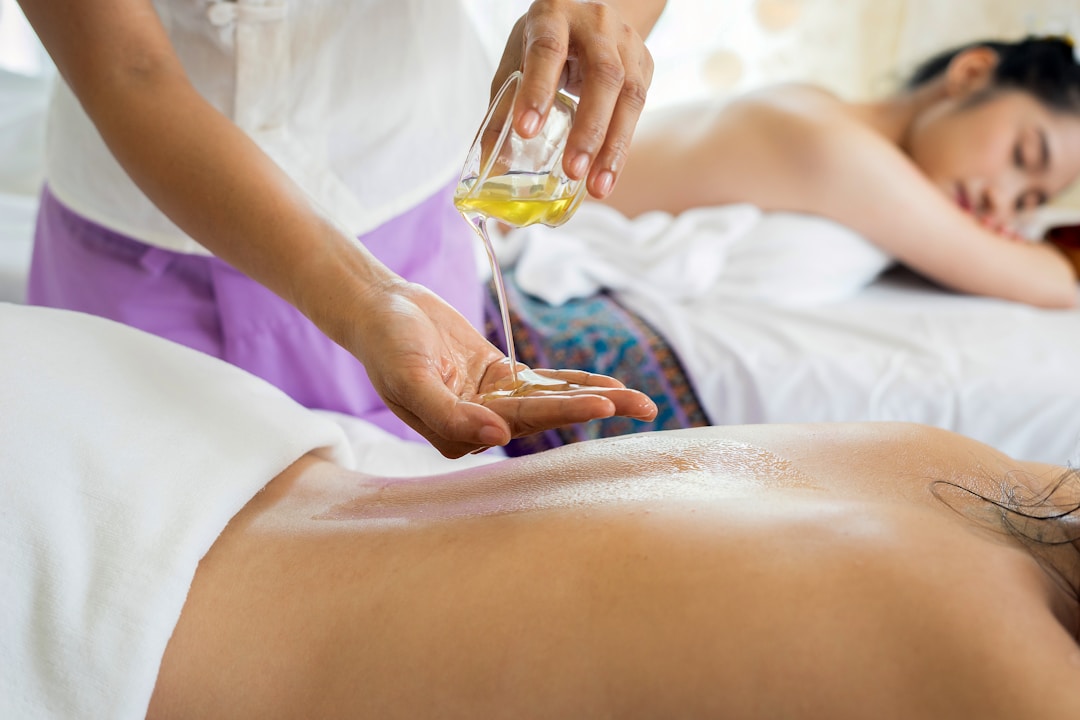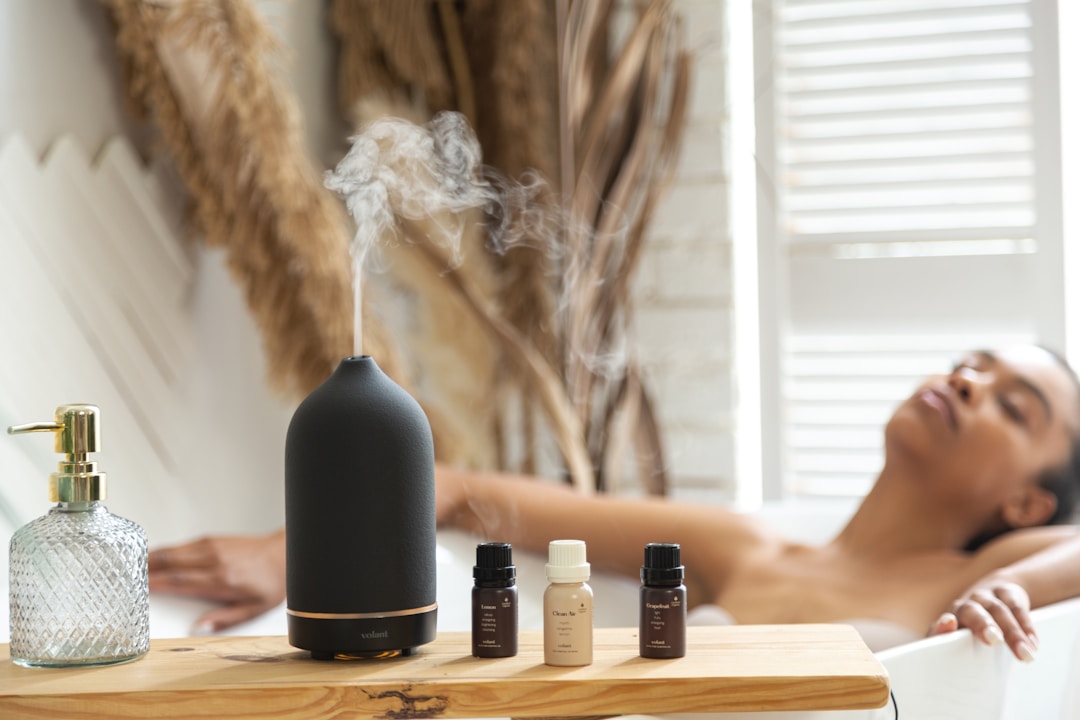In a world where stress is common, finding peace in massage is an ancient and healing practice. A myriad of techniques, each with its own set of benefits, have been developed by massage therapy centers. For instance, Massage Therapy Chicago caters to various preferences using a combination of customized techniques to soothe your body and calm your mind. Keep reading to look into the unique characteristics and advantages of some of the most popular forms of this rejuvenating therapy.
Swedish Massage: Gentle Techniques for Relaxation and Circulation

Among the most well-known and widely practiced types of massage is Swedish massage. It is famed for its ability to promote relaxation and circulation. It uses a mix of long gliding strokes, kneading, and vibration. This gentler approach is often recommended for those new to massage therapy, or for individuals seeking a light touch.
The benefits of Swedish massage extend beyond the surface. By increasing blood flow and lymph circulation, it assists the body in flushing out toxins and encourages the healing of soft tissues. The strokes utilized vary in pressure and pace, enabling the therapist to tailor the experience to the needs of the individual. It’s not uncommon for clients to emerge from a Swedish massage session feeling physically lighter and mentally serene.
As part of a larger wellness regimen, Swedish massage can be particularly effective. It reduces stress hormone levels. It also boosts the release of endorphins, improves mood, and reduces stress.
Deep Tissue Massage: Relieving Chronic Pain and Muscle Tension
Deep tissue massage takes a more focused, intense approach aiming to relieve chronic pain and release muscle tension. This modality delves into the deeper layers of muscle and connective tissue to break down knots and improve the range of motion. It is often sought by people with repetitive strain, sports injuries, and postural issues. Deep-tissue massage is a powerful ally against deep discomfort.
The technique involves applying firm pressure and slow strokes to reach deeper layers of muscle and fascia. Despite common misconceptions, deep tissue massage should not cause extreme discomfort or pain. A skilled therapist understands how to navigate the fine line between therapeutic pressure and the client’s pain threshold. They adjust their techniques to ensure a productive, yet comfortable, session.
Recovery after a deep tissue massage is another aspect to consider. These massages target deep tissue which might make some people sore. This reaction is normal and often an indication of the body’s healing process.
Aromatic Experience: How Aromatherapy Enhances Massage Benefits

Aromatherapy is a sensory dimension. When combined with massage therapy, it amplifies the experience and benefits. This ancient practice uses essential oils extracted from plants to promote health and well-being. Inhaled or applied topically during a massage, these oils can enhance relaxation and even offer mild pain relief.
Essential oils have many different properties. This allows tailoring aromatherapy to fit specific needs. Lavender, for example, is renowned for its calming mental benefits and is often utilized in massages aimed at stress reduction. Meanwhile, peppermint may be chosen for its ability to soothe sore muscles and energize the mind.
Research supports the therapeutic potential of aromatherapy in massage. The sense of smell plays a unique role in how the body processes the environment, influencing mood and emotions. The scents of essential oils stimulate the sense of smell. This can trigger positive emotions and physical responses that enhance the benefits of massage.
Eastern Practices: Exploring Shiatsu and Thai Massage
Shiatsu, a form of massage originating from Japan, applies pressure to specific points on the body to correct imbalances. Shiatsu practitioners use fingers, thumbs, and palms to apply pressure along meridian lines. The aim is to enhance the flow of qi, or life energy, within the body. Clients typically report feeling both invigorated and relaxed after a session. Shiatsu is typically performed with the client fully clothed, making it an accessible form of therapy for many.
Thai massage is another popular Eastern technique. It blends aspects of yoga, stretching, and pressure point therapy. Done on a mat on the floor, the experience is often dubbed “lazy yoga” because the therapist moves the client into various positions. This form of massage can increase flexibility, relieve muscle and joint tension, and balance the body’s energy systems.
Overall, the art of massage therapy presents a vast spectrum of techniques each with unique benefits addressing physical discomfort, emotional stress, and well-being. By choosing the right approach, you can significantly enhance your quality of life on your journey to optimal health.

